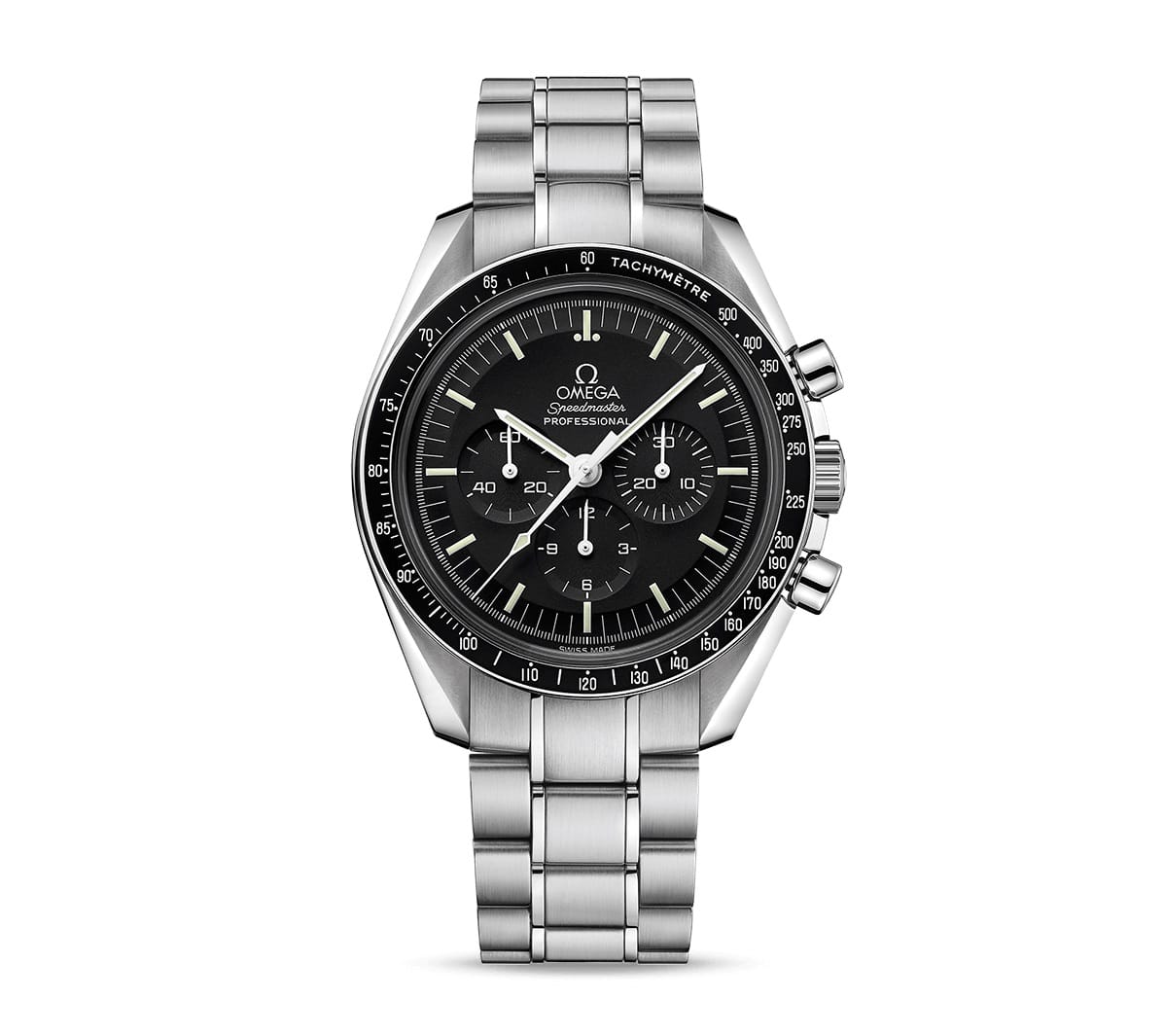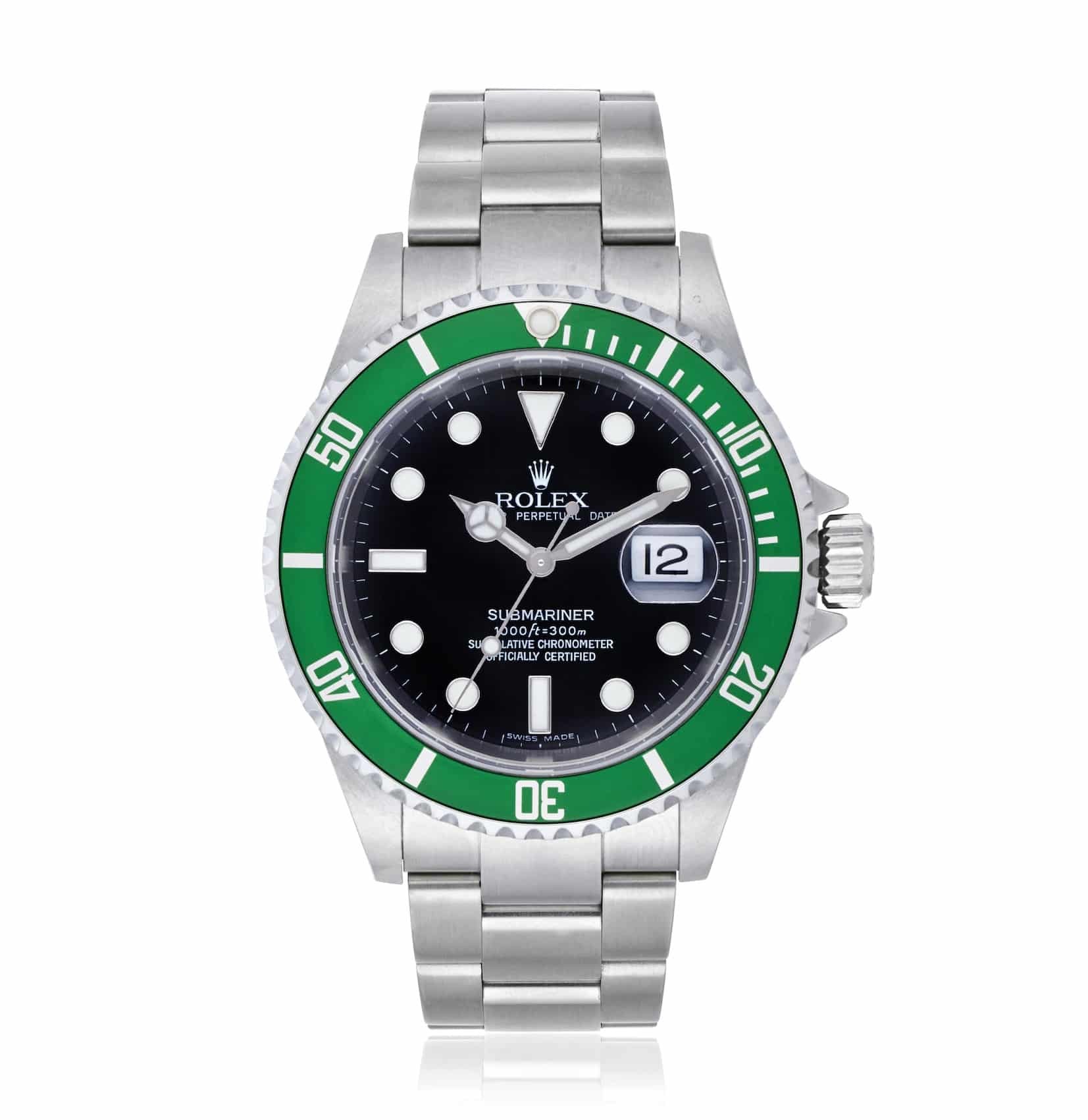When a watch is presented to you on Masculin.com, you are systematically told about the movement that powers it. Behind this word, which may seem mysterious, hides what can be referred to as the “heart” or the “engine” of the watch. It refers to the internal mechanism that measures the passage of time and powers the various functions of the timepiece, whether it’s the display of the hour, minutes, seconds, or other complications like the date, the chronograph or the moon phase.
But according to the watch, this movement is quite different. Whether it’s mechanical or quartz, solar-energy-powered, kinetic or hybrid, in reality, there are several types of movements. So, to help you perfect your watchmaking knowledge, we’ve tried to list the main watch mechanisms that you should know in this article.
The main mechanical movements
Here we distinguish two main types of movements, manual winding and mechanical. You will see that the difference between the two is very simple to understand.
The manual winding mechanical movement
The manual-winding mechanical movement is the most traditional of watchmaking movements. It requires direct interaction from its wearer, who must turn the watch’s crown to wind the mainspring; put more simply, one must regularly wind their watch to keep it on time. This type of movement is synonymous with authenticity and a deep connection with one’s timepiece.
The Patek Philippe Calatrava and the iconic Omega Speedmaster Moonwatch are among the most illustrious models in this category, offering a classic and timeless watchmaking experience.

The automatic mechanical winding movement
For those who appreciate tradition without the constraint of manual winding, the automatic movement offers a practical alternative. Thanks to a rotor that winds up with the natural movement of the wrist, watches like the Rolex Submariner or the TAG Heuer Monaco (and its iconic Calibre 11) combine elegance, precision, and everyday ease of use.
When it is not worn, the watch continues to operate as long as its power reserve allows it. But if you wear your watch every day, it stays consistently on time.

The main quartz movements
The naysayers will argue these are not “real” watches. Nonetheless, since the advent of this technology thanks to Seiko in 1969, quartz watches have made a place for themselves, even among traditional watch brands.
💡Also read : Quartz crisis: the grain of sand that disrupted the watchmaking industry of the 1970s
The “classic” quartz movement
Quartz has revolutionized watchmaking with its precision. Powered by a battery, the quartz movement vibrates at a regular frequency, ensuring unparalleled accuracy. The Seiko Astron is considered the first quartz watch in history, but today models can be found from nearly every brand.
The Tissot PRX (which also comes in an automatic version) is a very popular example today, combining simplicity, reliability and accessibility.

The Kinetic Quartz Movement
Innovative in its approach, the kinetic movement combines the precision of quartz with automatic winding generated by the body’s movements. The oscillating mass is used to wind up the watch’s quartz oscillator. The energy generated by movement is then stored in an electrical storage unit, often compared to a rechargeable battery, but with superior durability and capacity compared to the conventional batteries used in quartz watches. This type of movement thus provides an ecological and practical solution for technology enthusiasts.
Seiko is the brand found at the origin of this kinetic movement, also known as autoquartz. Released in 1998, the aptly named Kinetic Auto Relay, for example, is equipped with an extended standby function, where the watch can go into sleep mode after 72 hours of inactivity, while memorizing the exact time for up to 4 years. When it is moved again, it resets to the correct time.

The hybrid meca-quartz movement
In the same spirit, the meca-quartz hybrid movement is a fusion between mechanical tradition and quartz precision. Again, it’s Seiko that takes the lead with its iconic VK64 movement, providing a seconds hand that moves with the typical fluidity of mechanical watches, while benefiting from the precision of quartz.
This type of movement is experiencing a new popularity today, as it can be found in models such as the Yema Rallygraf, the Depancel’s Series A Stradale or the Chronoking of Nivada Grenchen.

The solar quartz movement
We stay in Japan, but we move from Seiko to Citizen to embody this latest trend. With its Eco-Drive technology, the Japanese company offers watches that use light to power their quartz movement, eliminating the need to change the battery.
They represent a durable and practical option, with a wide variety of models suited to all styles.

We could go even further by discussing radio-controlled watches or “connected” movements for smartwatches, even if, instead of gears, it’s a Bluetooth connection with a smartphone that allows you to set the watch here.
In any case, you should already have enough elements to shine in society and better understand the functioning of most watches.

